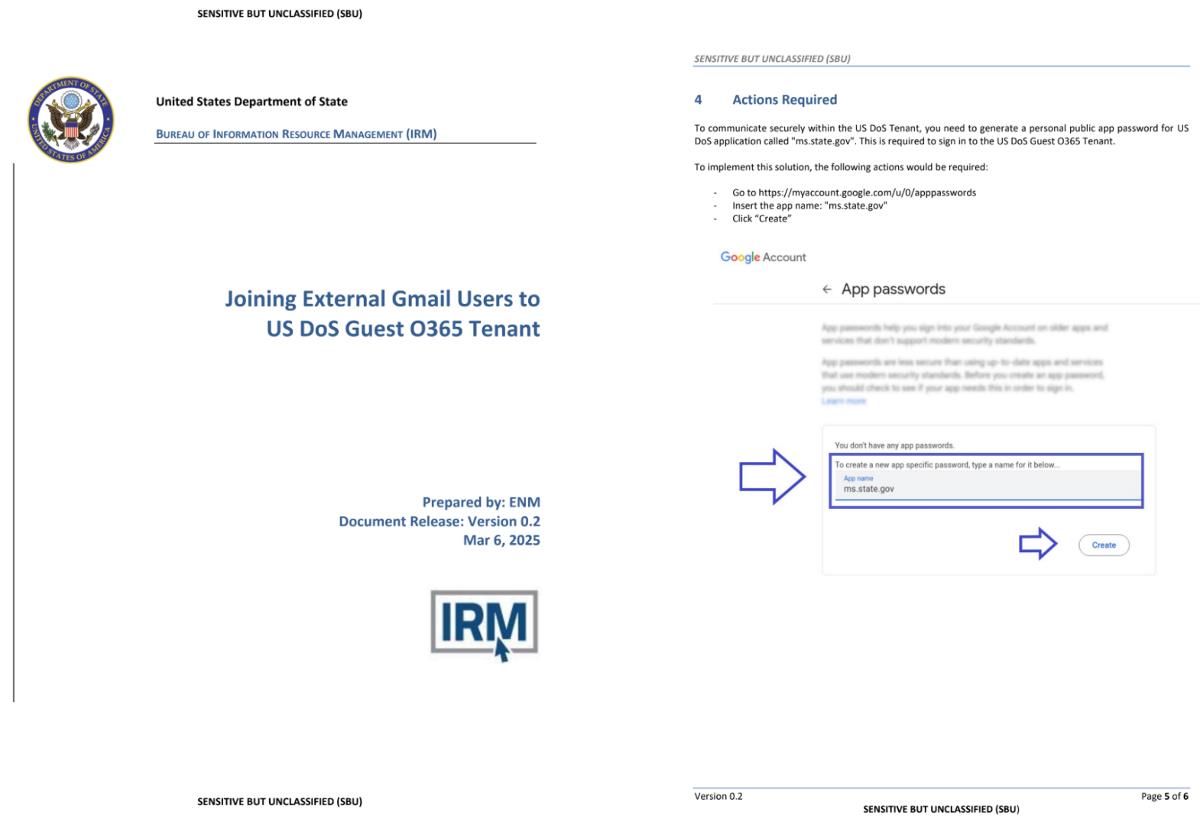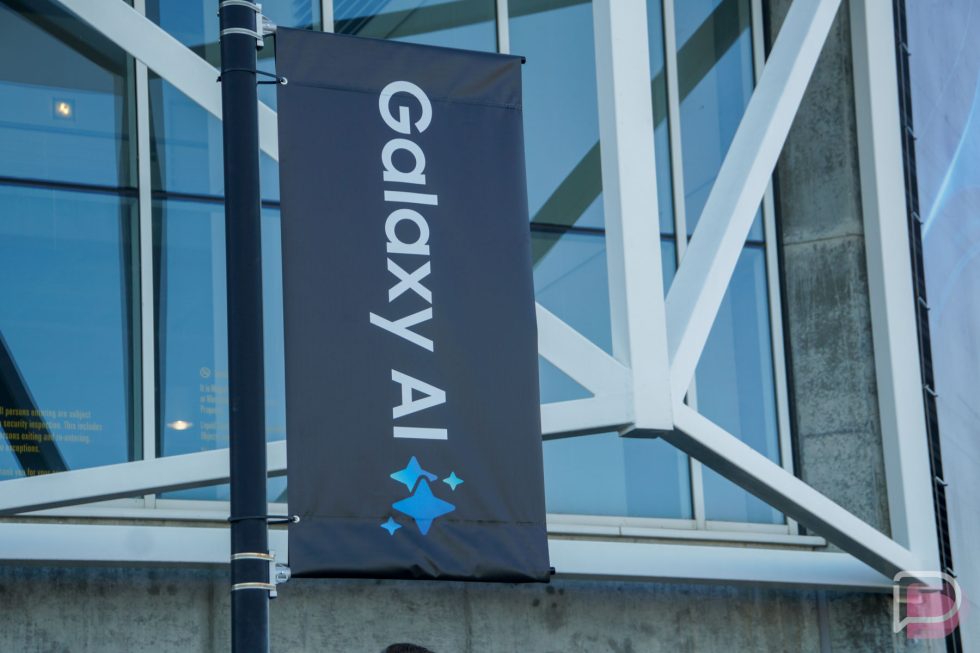Machine Learning
### What is Machine Learning? The Core Concept At its heart, Machine Learning is a subset of Artificial Intelligence (AI) that empowers systems to learn from data, identify patterns, and make decisions with minimal human intervention. Unlike traditional programming where rules are explicitly coded, ML algorithms are designed to learn and adapt as they are exposed to more information. Think of it this way: instead of telling a computer exactly how to distinguish between a cat and a dog, you provide it with thousands of images of both. The ML algorithm then analyzes these images, learns the distinguishing features (like ear shape, snout length, fur patterns), and eventually becomes proficient at classifying new, unseen images on its own. How Does Machine Learning Work? The Underlying Mechanics The magic of Machine Learning lies in its algorithms. These algorithms are essentially mathematical models that are trained on vast datasets. The training process involves: Data Collection: Gathering relevant and high-quality data is the foundational step. The quality and quantity of data directly impact the performance of the ML model. Data Preprocessing: Raw data is often messy, incomplete, or inconsistent. This stage involves cleaning, transforming, and preparing the data to make it suitable for training. Model Selection: Choosing the appropriate ML algorithm for the specific task (e.g., classification, regression, clustering) is crucial. Training: The algorithm is fed the prepared data, and it iteratively adjusts its internal parameters to minimize errors and optimize its performance. This is where the "learning" happens. Evaluation: After training, the model's performance is evaluated on a separate, unseen dataset (the "test set") to assess its accuracy and generalization capabilities. Deployment: Once a model demonstrates satisfactory performance, it can be deployed into real-world applications to make predictions or decisions. The Pillars of Machine Learning: Types of ML Machine Learning can be broadly categorized into three main types, each with its unique approach to learning: Supervised Learning: This is the most common type, where the algorithm learns from labeled data. This means the input data is paired with the correct output or "labels." Examples: Image classification (labeling images as "cat" or "dog"), spam detection (labeling emails as "spam" or "not spam"), predicting house prices (predicting a price based on features like size, location). Common Algorithms: Linear Regression, Logistic Regression, Support Vector Machines (SVM), Decision Trees, Random Forests, Neural Networks. Unsupervised Learning: In contrast to supervised learning, unsupervised learning deals with unlabeled data. The algorithm tries to find hidden patterns, structures, or relationships within the data on its own. Examples: Customer segmentation (grouping customers with similar purchasing behaviors), anomaly detection (identifying unusual patterns in network traffic), dimensionality reduction (reducing the number of features in a dataset). Common Algorithms: K-Means Clustering, Hierarchical Clustering, Principal Component Analysis (PCA), Association Rule Mining. Reinforcement Learning: This type of ML involves an agent learning to make decisions by interacting with an environment. The agent receives rewards for desirable actions and penalties for undesirable ones, learning through trial and error to maximize its cumulative reward. Examples: Training autonomous vehicles to navigate, developing AI for complex games (like AlphaGo), optimizing robot movements. Common Algorithms: Q-Learning, SARSA, Deep Q Networks (DQN). Why the Hype? The Benefits of Machine Learning The impact of Machine Learning is far-reaching and continues to grow. Here are some key benefits: Automation: Automates repetitive tasks, freeing up human resources for more complex and creative endeavors. Enhanced Decision-Making: Provides data-driven insights and predictions, leading to more informed and accurate decisions. Personalization: Delivers tailored experiences to users, from product recommendations to customized content. Problem Solving: Addresses complex problems in various domains, from optimizing logistics to discovering new drugs. Innovation: Fuels the development of entirely new products, services, and industries. Efficiency: Optimizes processes and resource allocation, leading to significant cost savings. Machine Learning in Action: Real-World Applications Machine Learning is no longer a futuristic concept; it's deeply embedded in our daily lives: Healthcare: Disease diagnosis (identifying early signs of cancer), drug discovery, personalized treatment plans. Finance: Fraud detection, algorithmic trading, credit scoring, risk assessment. E-commerce: Recommendation engines (suggesting products you might like), personalized marketing, inventory management. Automoti

### What is Machine Learning? The Core Concept
At its heart, Machine Learning is a subset of Artificial Intelligence (AI) that empowers systems to learn from data, identify patterns, and make decisions with minimal human intervention. Unlike traditional programming where rules are explicitly coded, ML algorithms are designed to learn and adapt as they are exposed to more information.
Think of it this way: instead of telling a computer exactly how to distinguish between a cat and a dog, you provide it with thousands of images of both. The ML algorithm then analyzes these images, learns the distinguishing features (like ear shape, snout length, fur patterns), and eventually becomes proficient at classifying new, unseen images on its own.
How Does Machine Learning Work? The Underlying Mechanics
The magic of Machine Learning lies in its algorithms. These algorithms are essentially mathematical models that are trained on vast datasets. The training process involves:
- Data Collection: Gathering relevant and high-quality data is the foundational step. The quality and quantity of data directly impact the performance of the ML model.
- Data Preprocessing: Raw data is often messy, incomplete, or inconsistent. This stage involves cleaning, transforming, and preparing the data to make it suitable for training.
- Model Selection: Choosing the appropriate ML algorithm for the specific task (e.g., classification, regression, clustering) is crucial.
- Training: The algorithm is fed the prepared data, and it iteratively adjusts its internal parameters to minimize errors and optimize its performance. This is where the "learning" happens.
- Evaluation: After training, the model's performance is evaluated on a separate, unseen dataset (the "test set") to assess its accuracy and generalization capabilities.
- Deployment: Once a model demonstrates satisfactory performance, it can be deployed into real-world applications to make predictions or decisions.
The Pillars of Machine Learning: Types of ML
Machine Learning can be broadly categorized into three main types, each with its unique approach to learning:
-
Supervised Learning: This is the most common type, where the algorithm learns from labeled data. This means the input data is paired with the correct output or "labels."
- Examples: Image classification (labeling images as "cat" or "dog"), spam detection (labeling emails as "spam" or "not spam"), predicting house prices (predicting a price based on features like size, location).
- Common Algorithms: Linear Regression, Logistic Regression, Support Vector Machines (SVM), Decision Trees, Random Forests, Neural Networks.
-
Unsupervised Learning: In contrast to supervised learning, unsupervised learning deals with unlabeled data. The algorithm tries to find hidden patterns, structures, or relationships within the data on its own.
- Examples: Customer segmentation (grouping customers with similar purchasing behaviors), anomaly detection (identifying unusual patterns in network traffic), dimensionality reduction (reducing the number of features in a dataset).
- Common Algorithms: K-Means Clustering, Hierarchical Clustering, Principal Component Analysis (PCA), Association Rule Mining.
-
Reinforcement Learning: This type of ML involves an agent learning to make decisions by interacting with an environment. The agent receives rewards for desirable actions and penalties for undesirable ones, learning through trial and error to maximize its cumulative reward.
- Examples: Training autonomous vehicles to navigate, developing AI for complex games (like AlphaGo), optimizing robot movements.
- Common Algorithms: Q-Learning, SARSA, Deep Q Networks (DQN).
Why the Hype? The Benefits of Machine Learning
The impact of Machine Learning is far-reaching and continues to grow. Here are some key benefits:
- Automation: Automates repetitive tasks, freeing up human resources for more complex and creative endeavors.
- Enhanced Decision-Making: Provides data-driven insights and predictions, leading to more informed and accurate decisions.
- Personalization: Delivers tailored experiences to users, from product recommendations to customized content.
- Problem Solving: Addresses complex problems in various domains, from optimizing logistics to discovering new drugs.
- Innovation: Fuels the development of entirely new products, services, and industries.
- Efficiency: Optimizes processes and resource allocation, leading to significant cost savings.
Machine Learning in Action: Real-World Applications
Machine Learning is no longer a futuristic concept; it's deeply embedded in our daily lives:
- Healthcare: Disease diagnosis (identifying early signs of cancer), drug discovery, personalized treatment plans.
- Finance: Fraud detection, algorithmic trading, credit scoring, risk assessment.
- E-commerce: Recommendation engines (suggesting products you might like), personalized marketing, inventory management.
- Automotive: Self-driving cars, predictive maintenance.
- Retail: Demand forecasting, supply chain optimization.
- Agriculture: Crop yield prediction, pest detection, smart irrigation.
- Customer Service: Chatbots, sentiment analysis.
- Natural Language Processing (NLP): Speech recognition (Siri, Alexa), language translation (Google Translate), spam filtering.
- Computer Vision: Facial recognition, object detection, image analysis.
The Road Ahead: Challenges and the Future of Machine Learning
While the potential of Machine Learning is immense, it also comes with its own set of challenges:
- Data Quality and Bias: ML models are only as good as the data they are trained on. Biased or incomplete data can lead to unfair or inaccurate predictions.
- Interpretability (Explainable AI - XAI): Understanding why an ML model makes a particular decision can be challenging, especially for complex deep learning models. XAI aims to address this.
- Ethical Considerations: Concerns around privacy, surveillance, job displacement, and the responsible use of AI are paramount.
- Computational Resources: Training large-scale ML models requires significant computational power and specialized hardware.
- Security: ML models can be vulnerable to adversarial attacks, where malicious inputs can trick the model.
Despite these challenges, the future of Machine Learning is incredibly promising. We can expect to see:
- Democratization of ML: More accessible tools and platforms will allow a wider range of individuals and organizations to leverage ML.
- Advances in Deep Learning: Continued breakthroughs in neural network architectures will lead to even more powerful and versatile AI.
- Hybrid AI Models: Combining different ML approaches and integrating ML with symbolic AI will create more robust and intelligent systems.
- Edge AI: Running ML models directly on devices (e.g., smartphones, IoT devices) will enable real-time processing and enhanced privacy.
- Greater Focus on Responsible AI: Increased emphasis on developing ethical, fair, and transparent ML systems.
Conclusion: Embracing the ML Revolution
Machine Learning is not just a technological trend; it's a fundamental shift in how we approach problem-solving and create value. By empowering machines to learn from data, we are unlocking unprecedented opportunities for innovation, efficiency, and progress across every industry. As we continue to navigate this exciting frontier, understanding the principles, applications, and ethical considerations of Machine Learning will be crucial for shaping a future that is smarter, more efficient, and ultimately, more human-centric.
Are you ready to explore the endless possibilities that Machine Learning offers? The journey has only just begun!














































































































































































![[The AI Show Episode 154]: AI Answers: The Future of AI Agents at Work, Building an AI Roadmap, Choosing the Right Tools, & Responsible AI Use](https://www.marketingaiinstitute.com/hubfs/ep%20154%20cover.png)
![[The AI Show Episode 153]: OpenAI Releases o3-Pro, Disney Sues Midjourney, Altman: “Gentle Singularity” Is Here, AI and Jobs & News Sites Getting Crushed by AI Search](https://www.marketingaiinstitute.com/hubfs/ep%20153%20cover.png)



























































































































































































![GrandChase tier list of the best characters available [June 2025]](https://media.pocketgamer.com/artwork/na-33057-1637756796/grandchase-ios-android-3rd-anniversary.jpg?#)
































































_marcos_alvarado_Alamy.jpg?width=1280&auto=webp&quality=80&disable=upscale#)







































































































![Latest leak shows how Galaxy Z Flip 7 FE compares to the standard Flip 7 [Gallery]](https://i0.wp.com/9to5google.com/wp-content/uploads/sites/4/2025/06/galaxy-z-flip-7-fam-blass-1.jpg?resize=1200%2C628&quality=82&strip=all&ssl=1)








![Apple in Last-Minute Talks to Avoid More EU Fines Over App Store Rules [Report]](https://www.iclarified.com/images/news/97680/97680/97680-640.jpg)


![Apple Seeds tvOS 26 Beta 2 to Developers [Download]](https://www.iclarified.com/images/news/97691/97691/97691-640.jpg)







































































